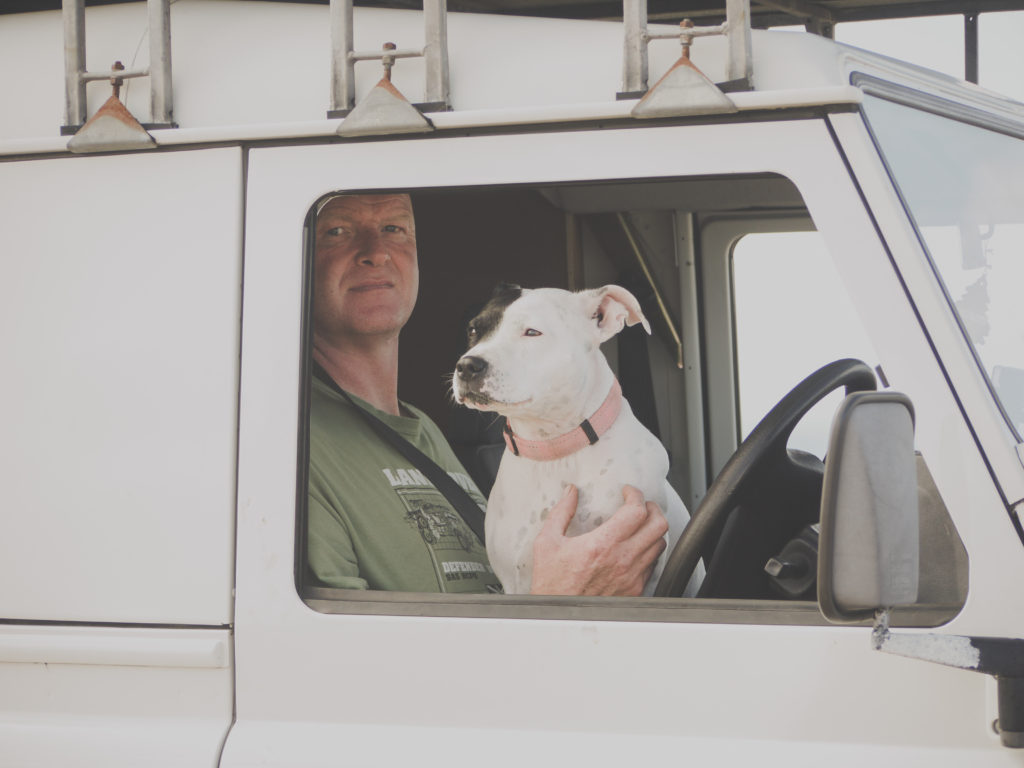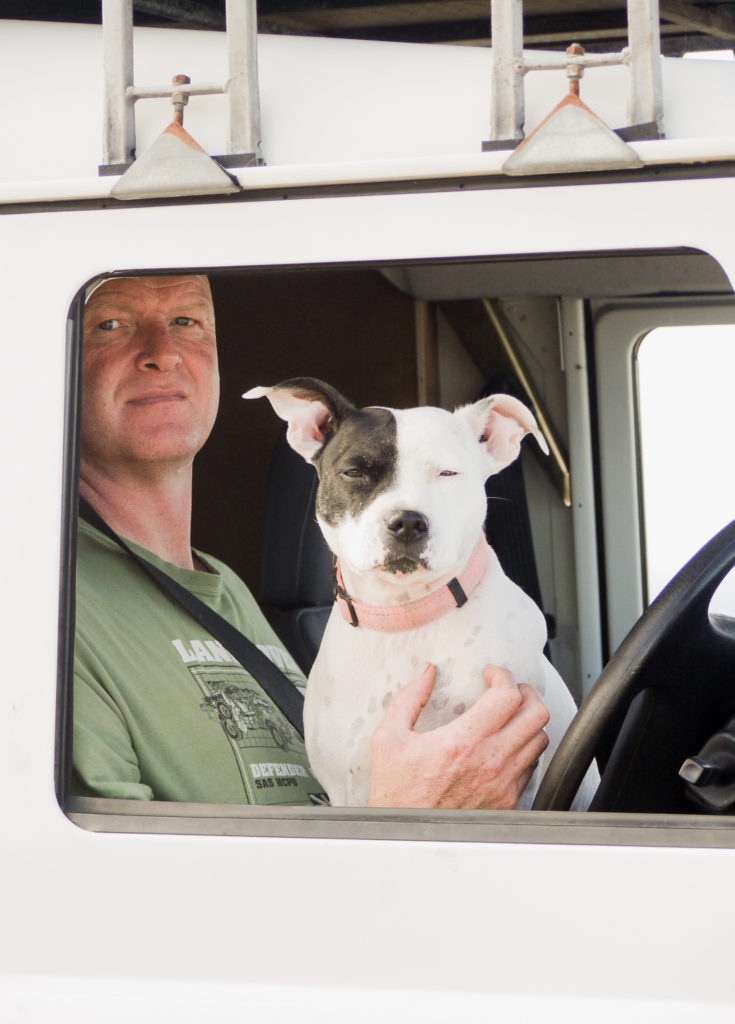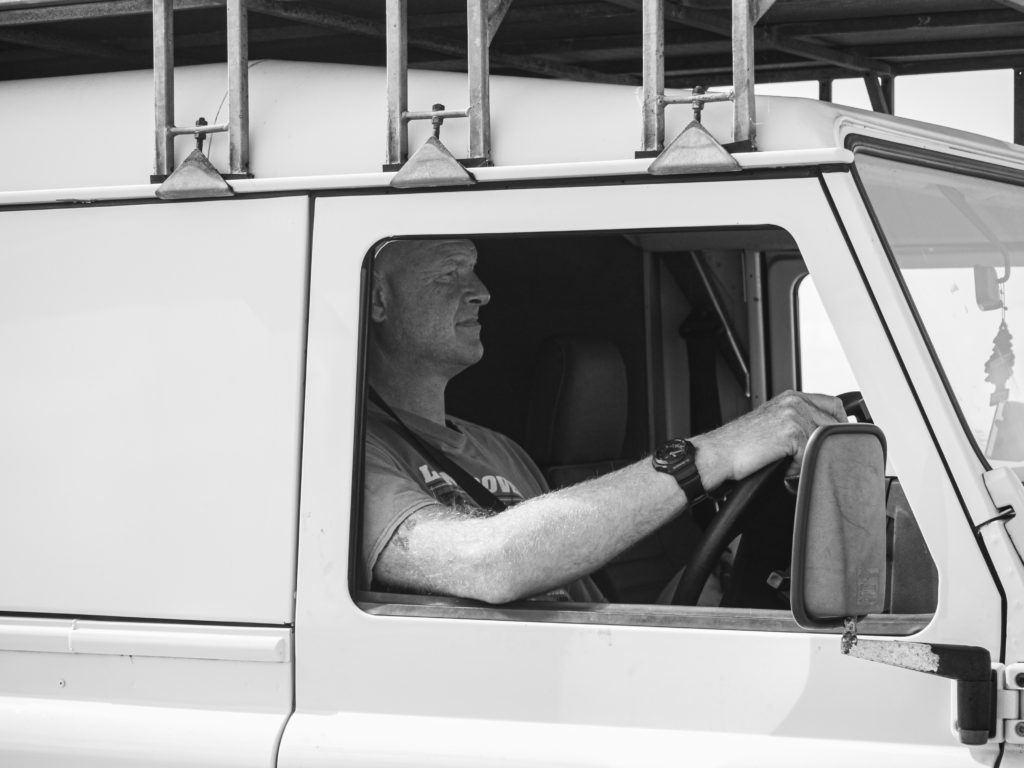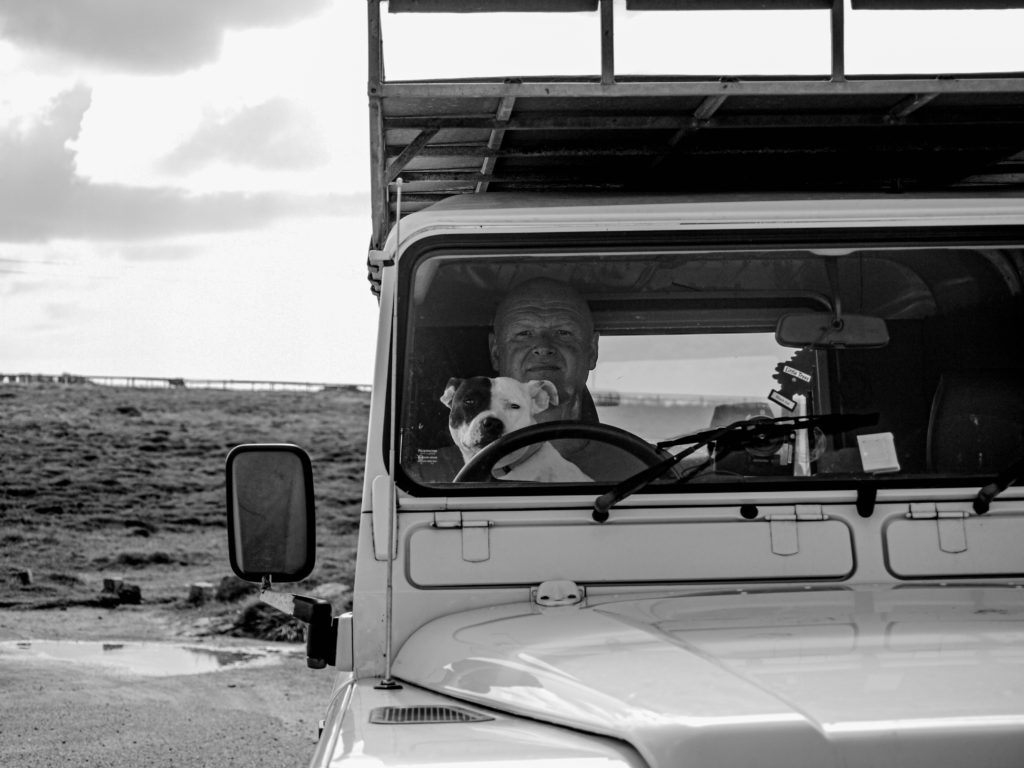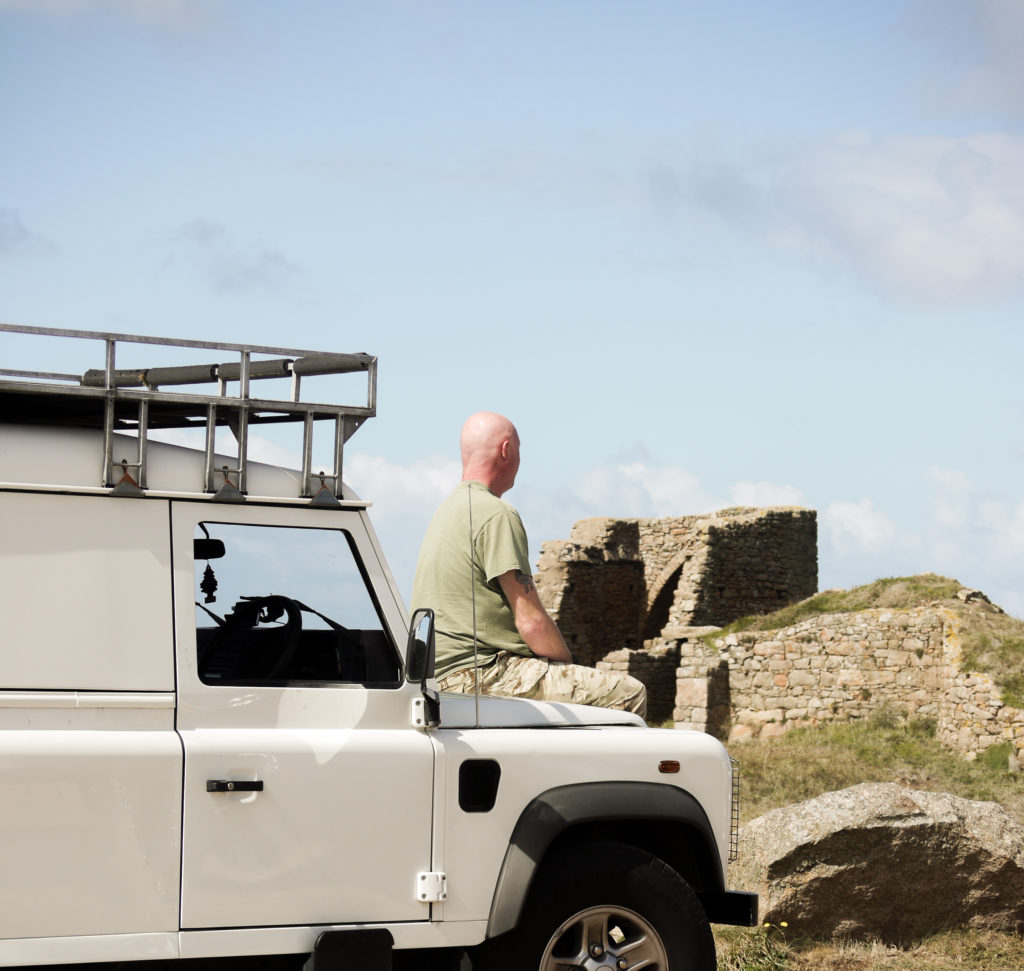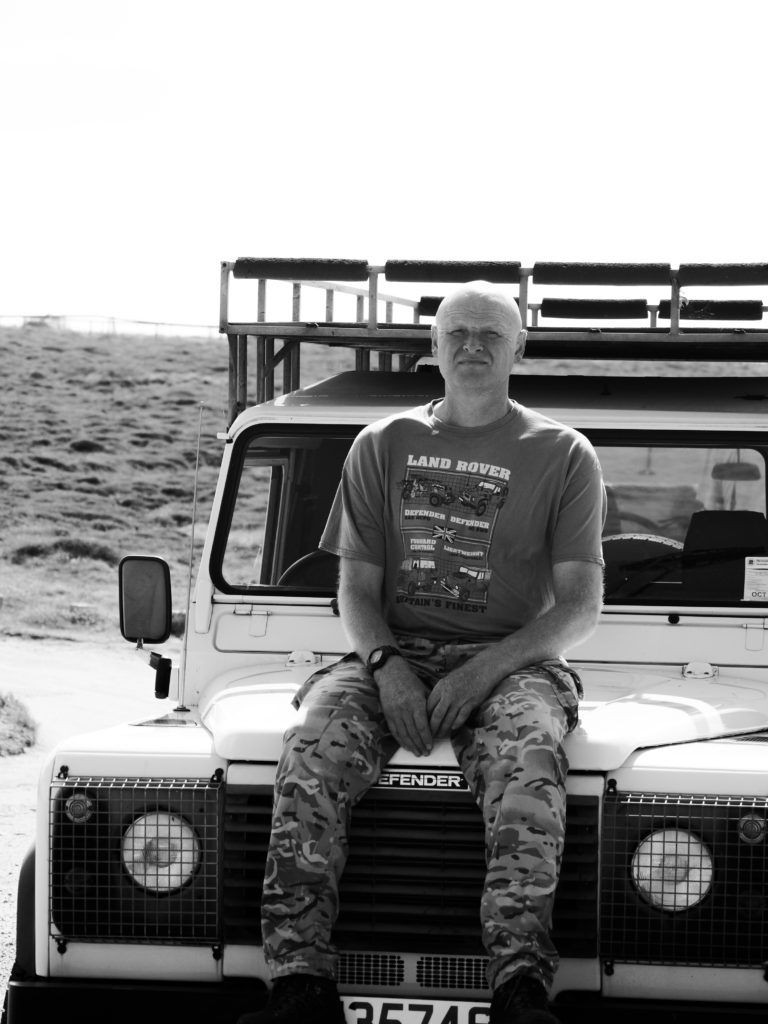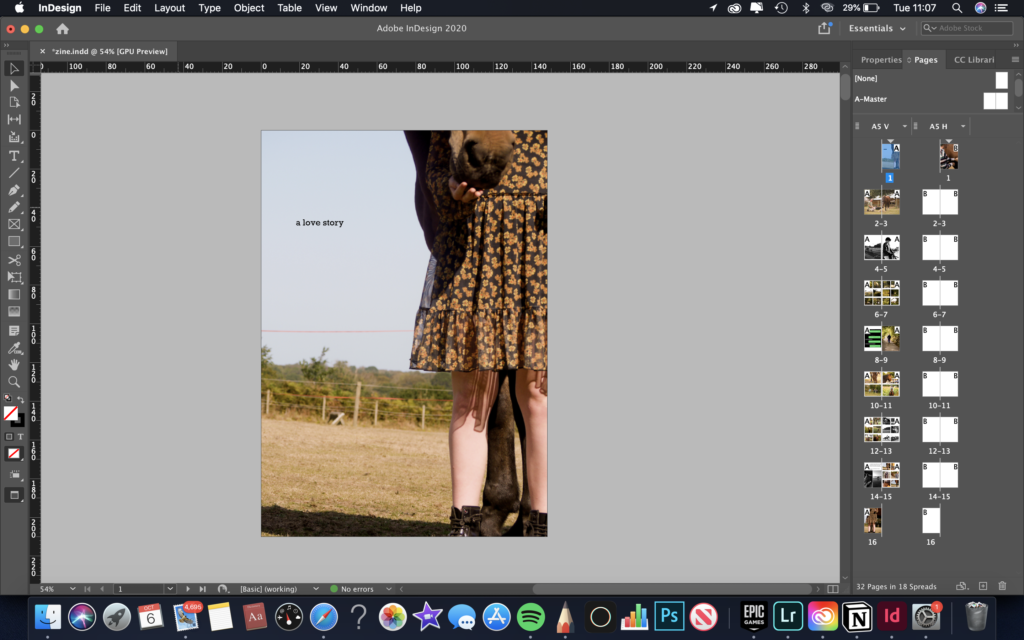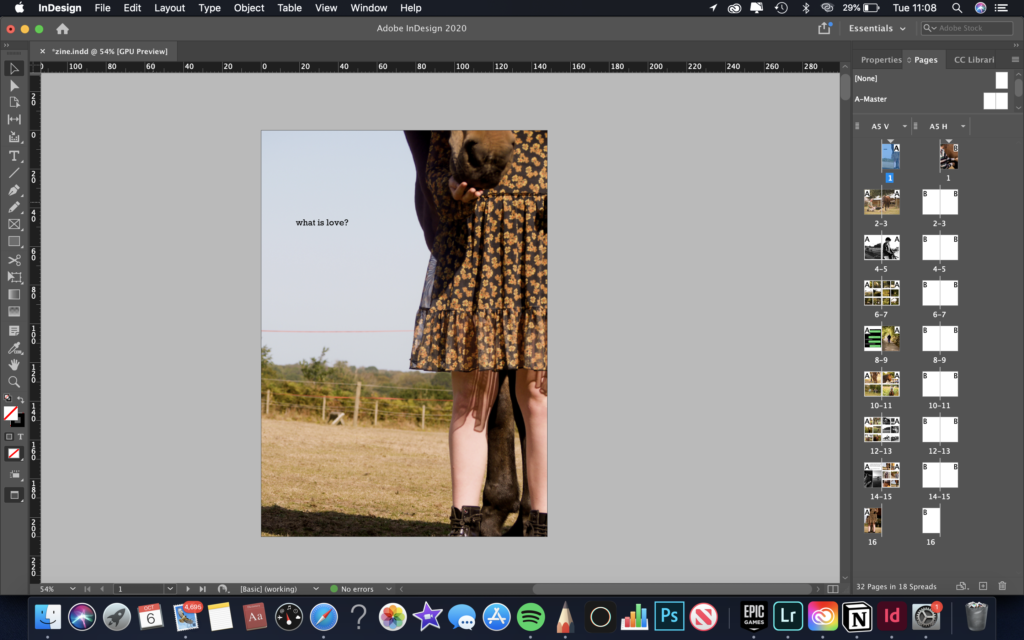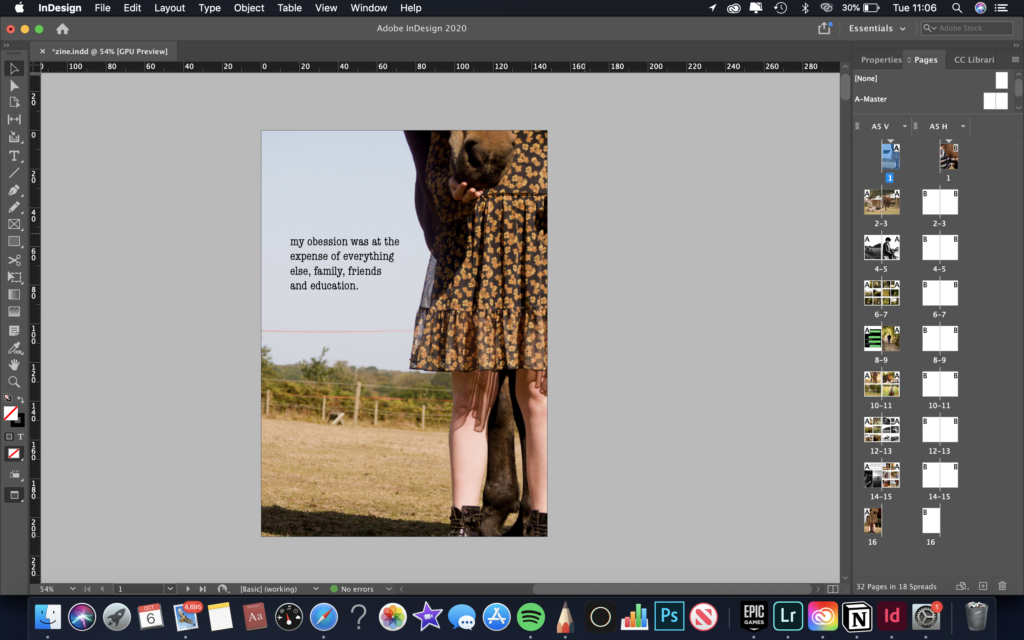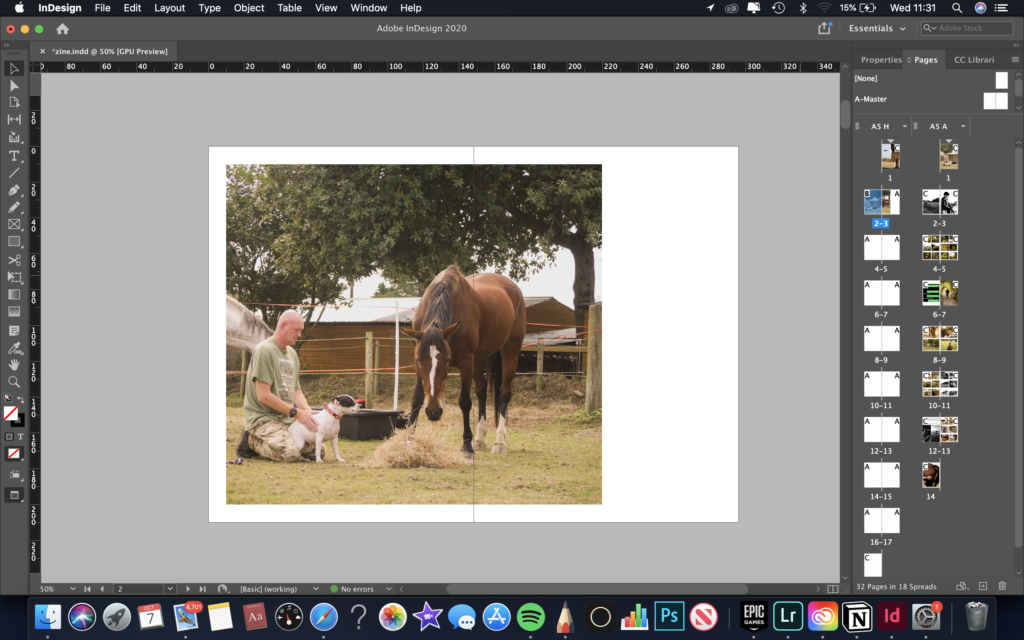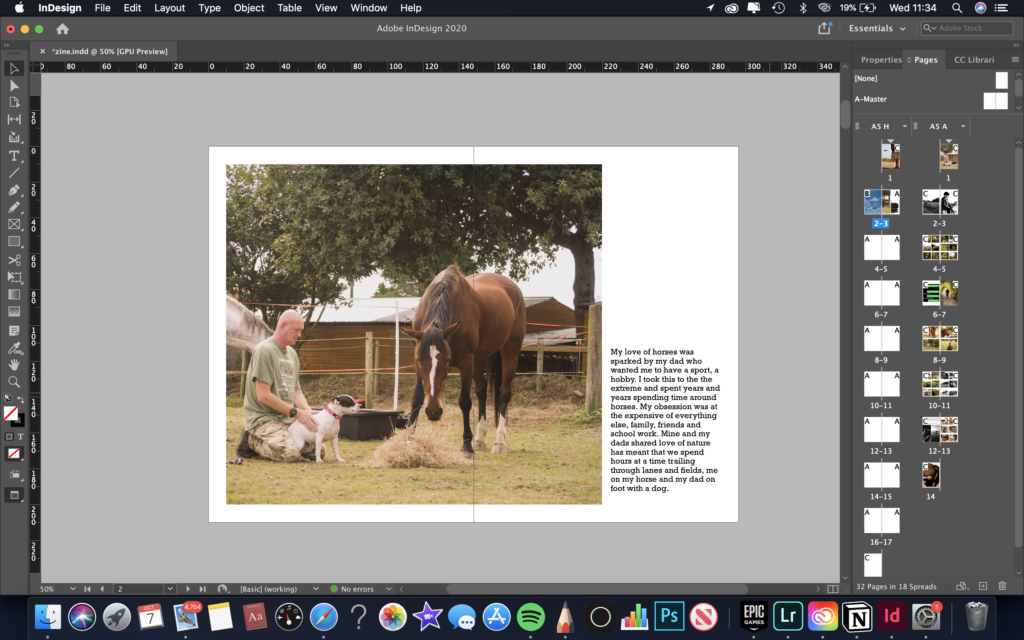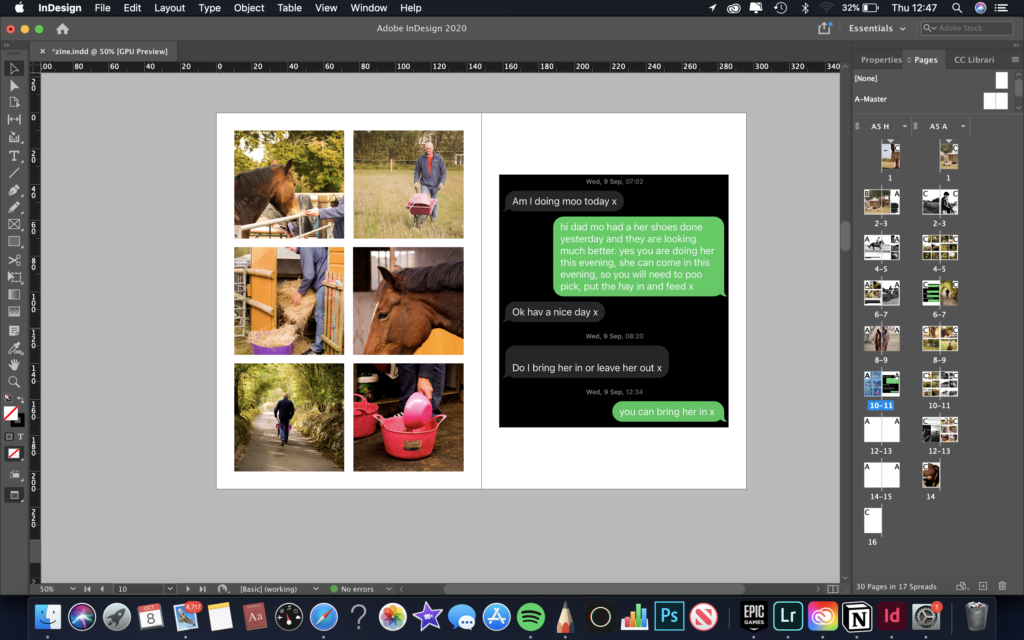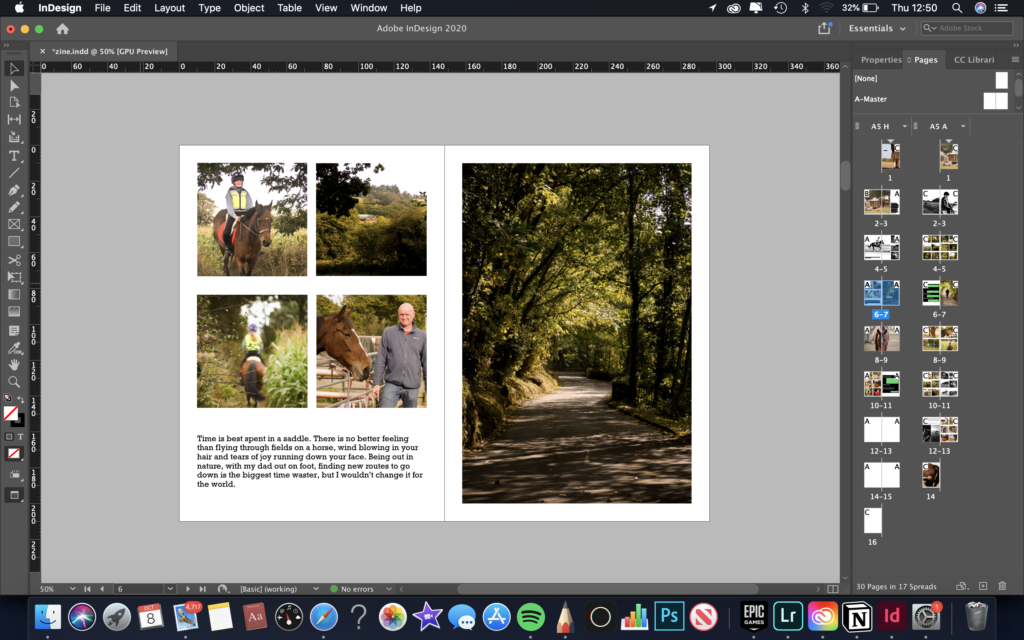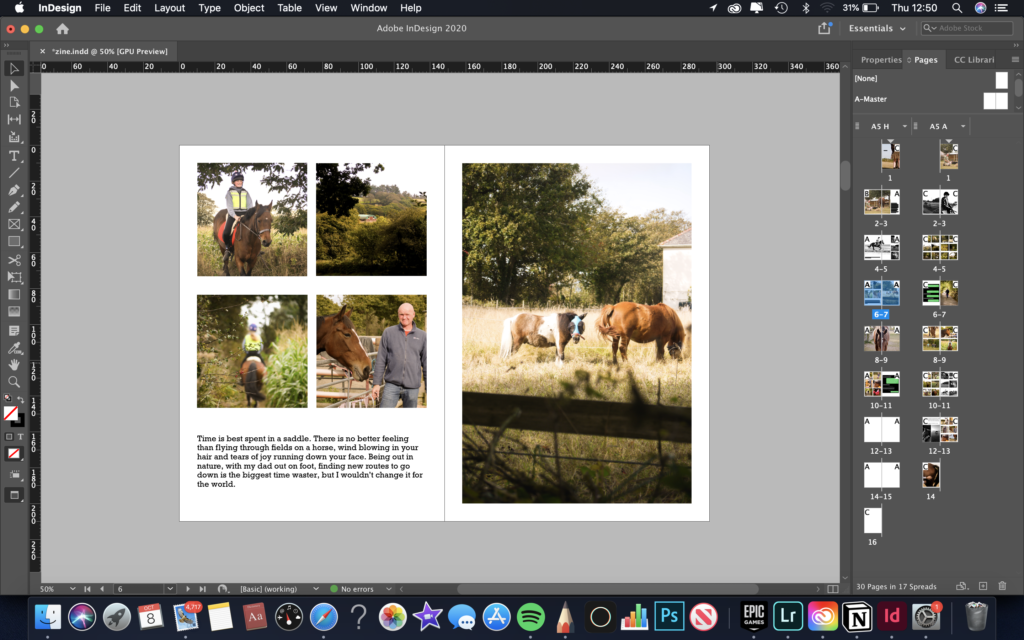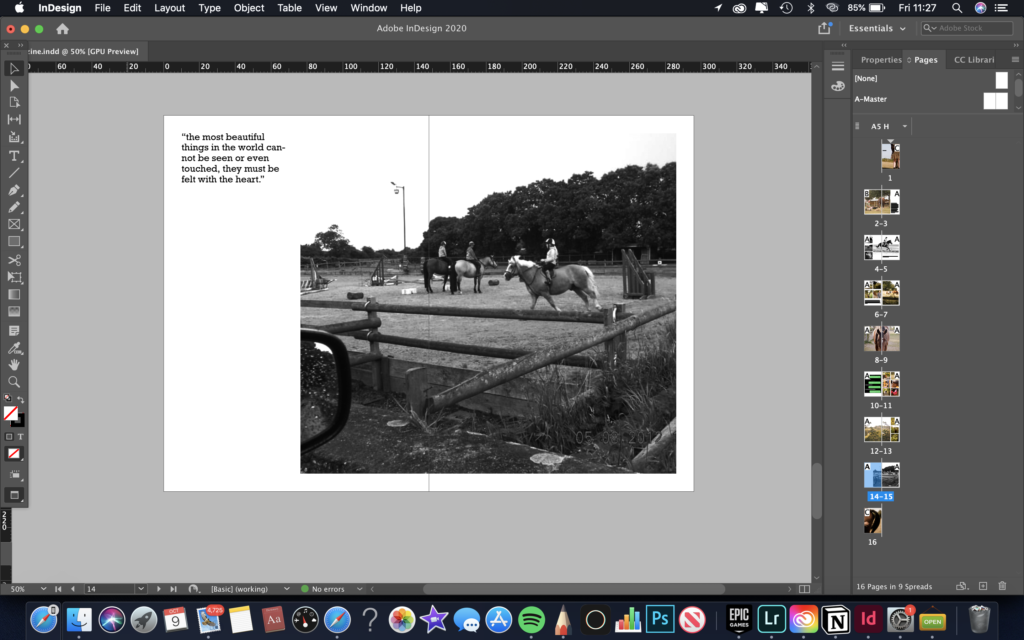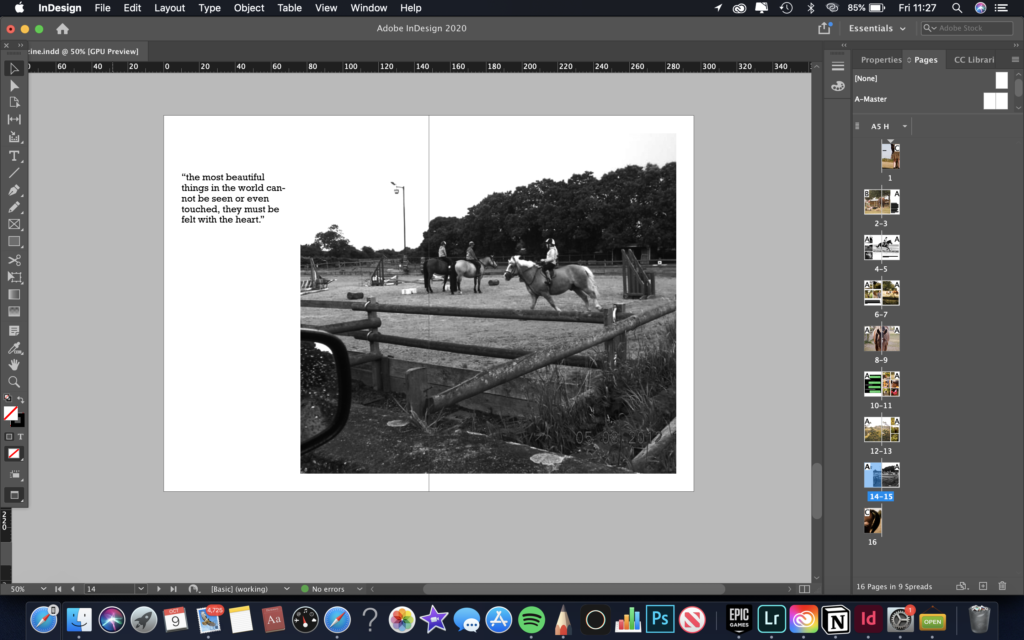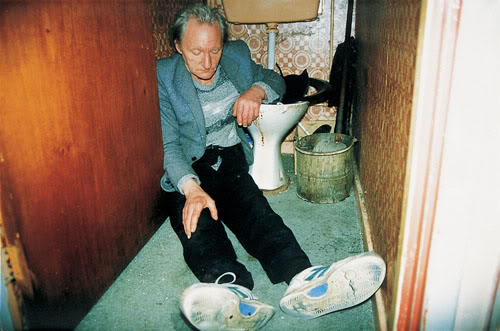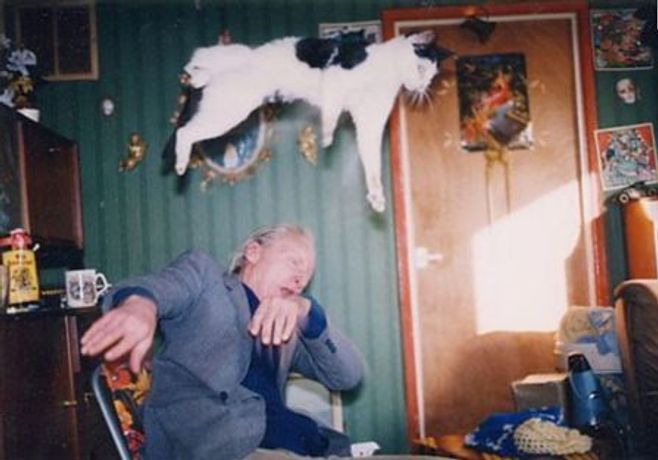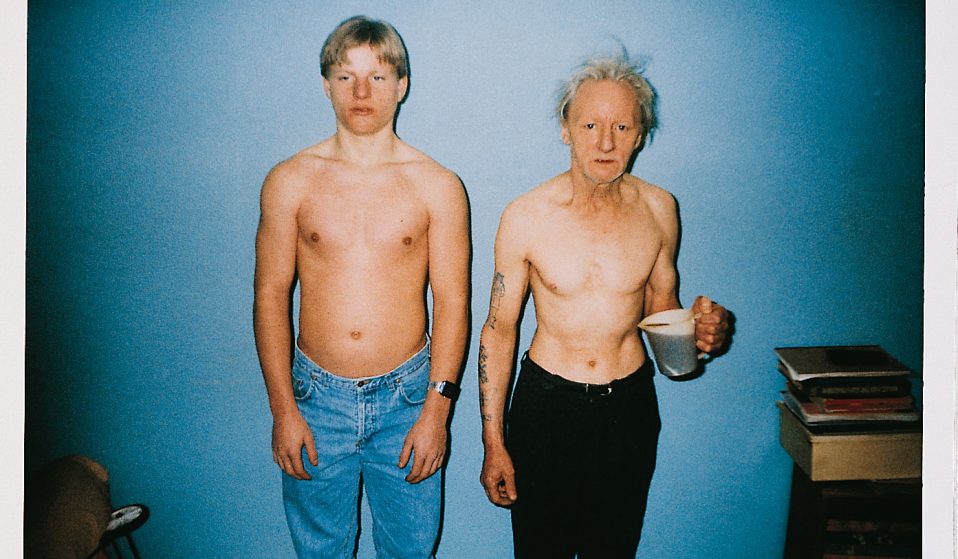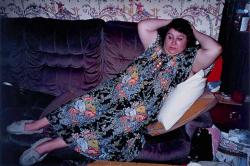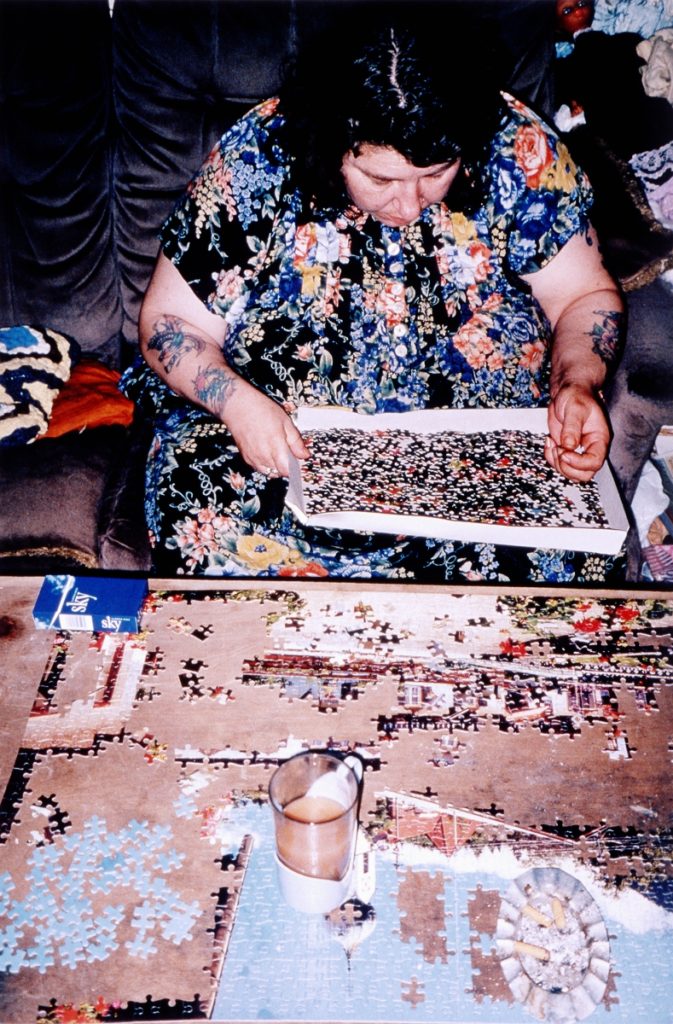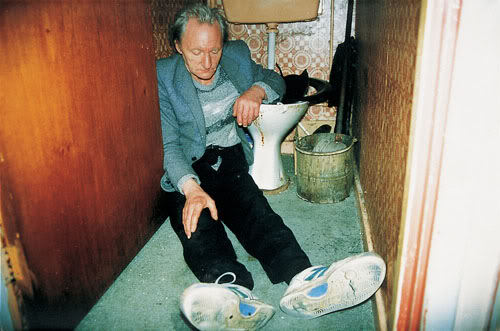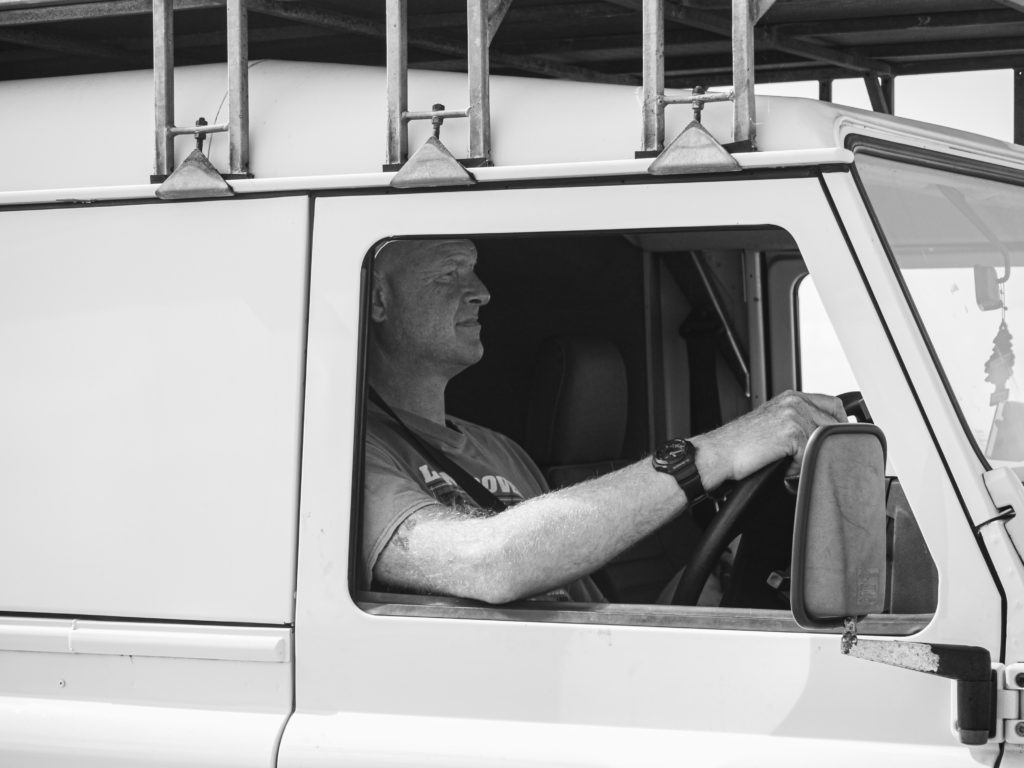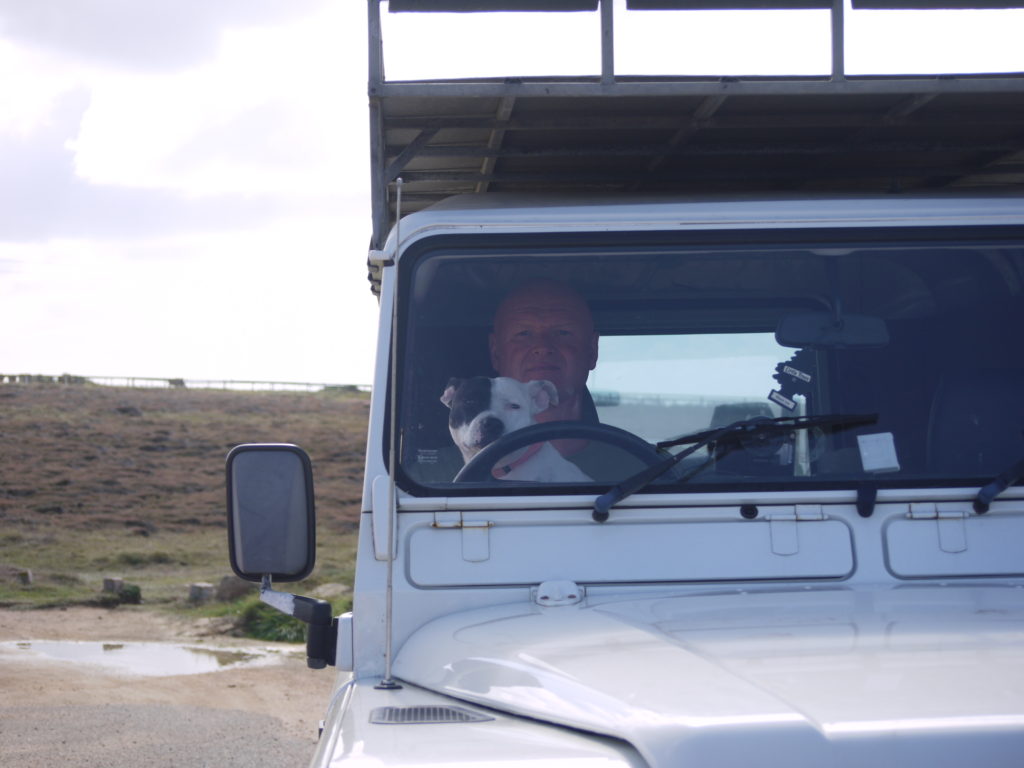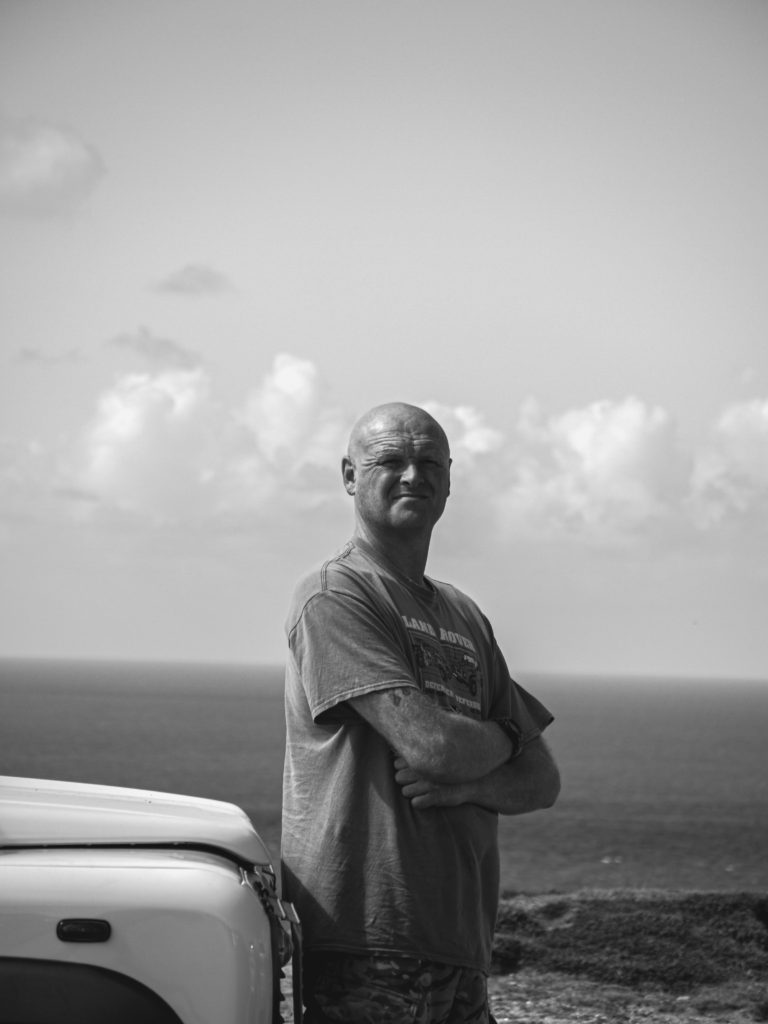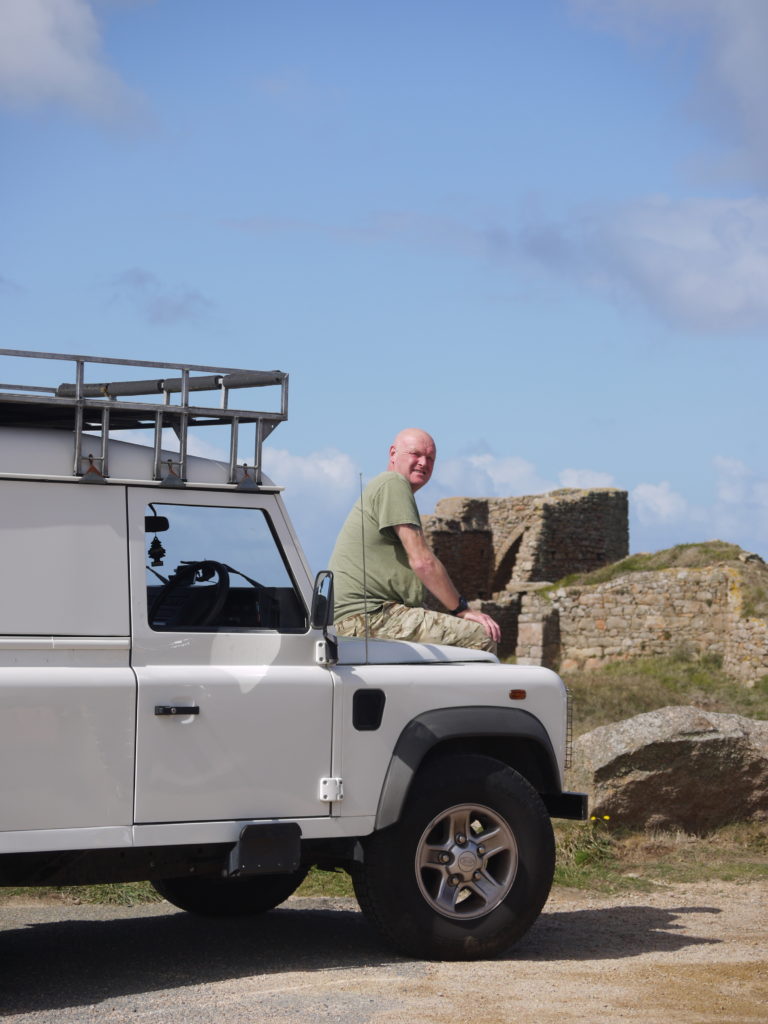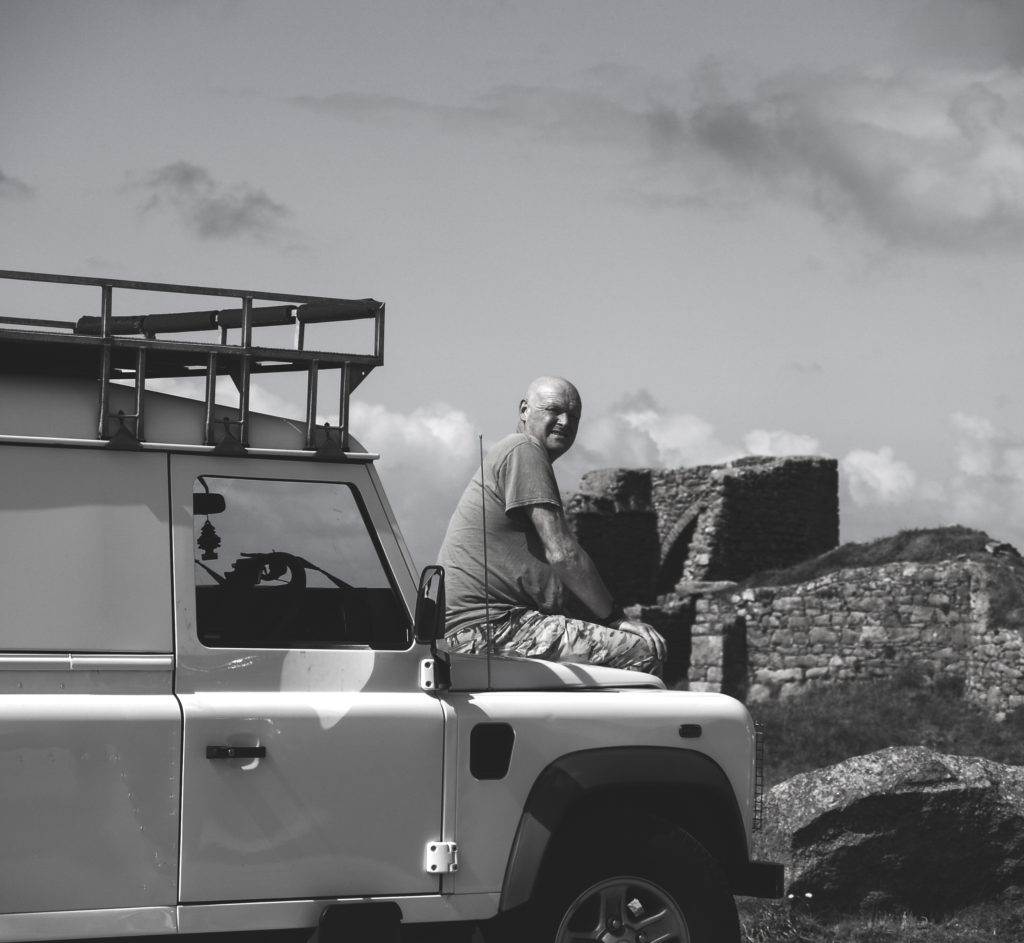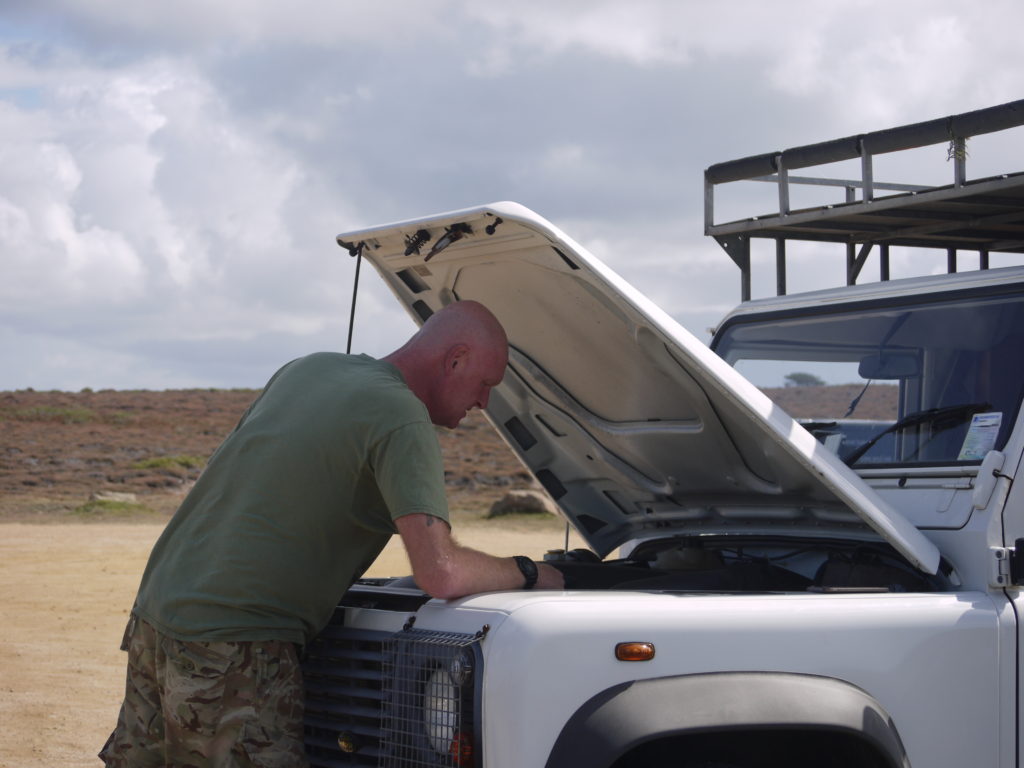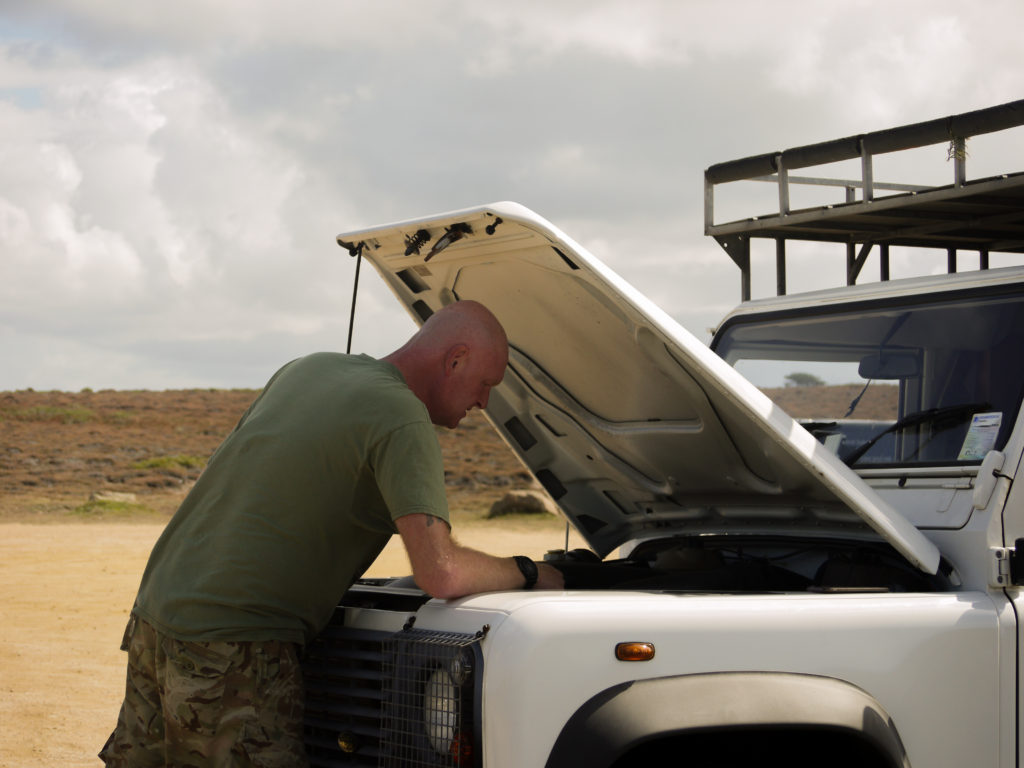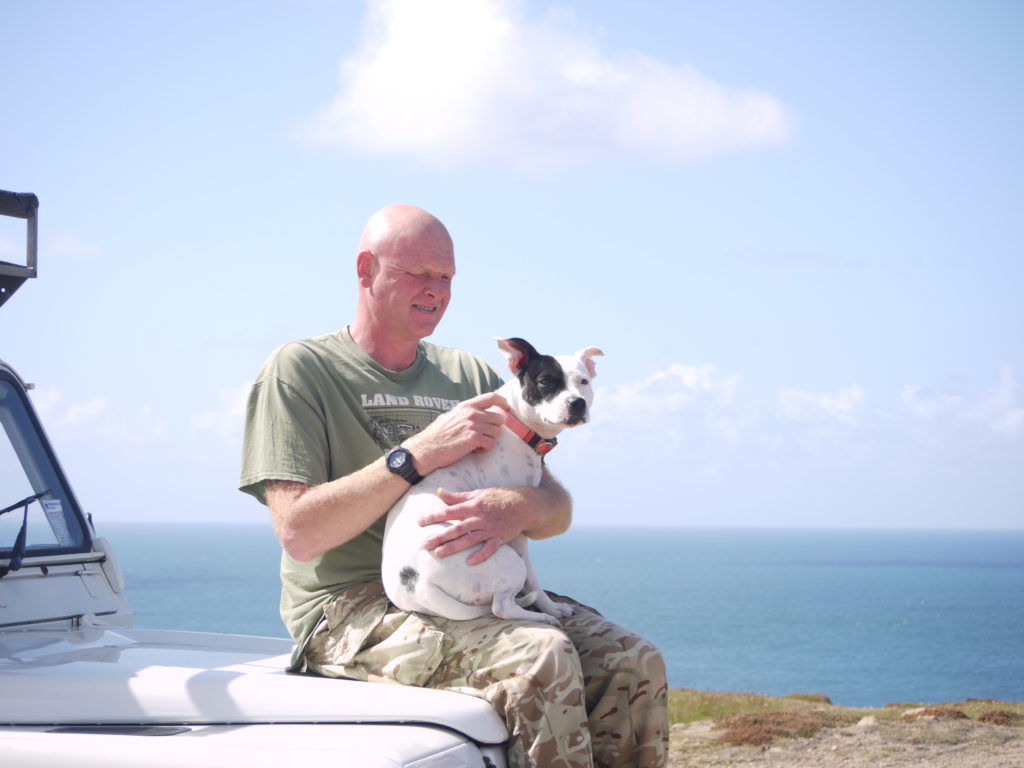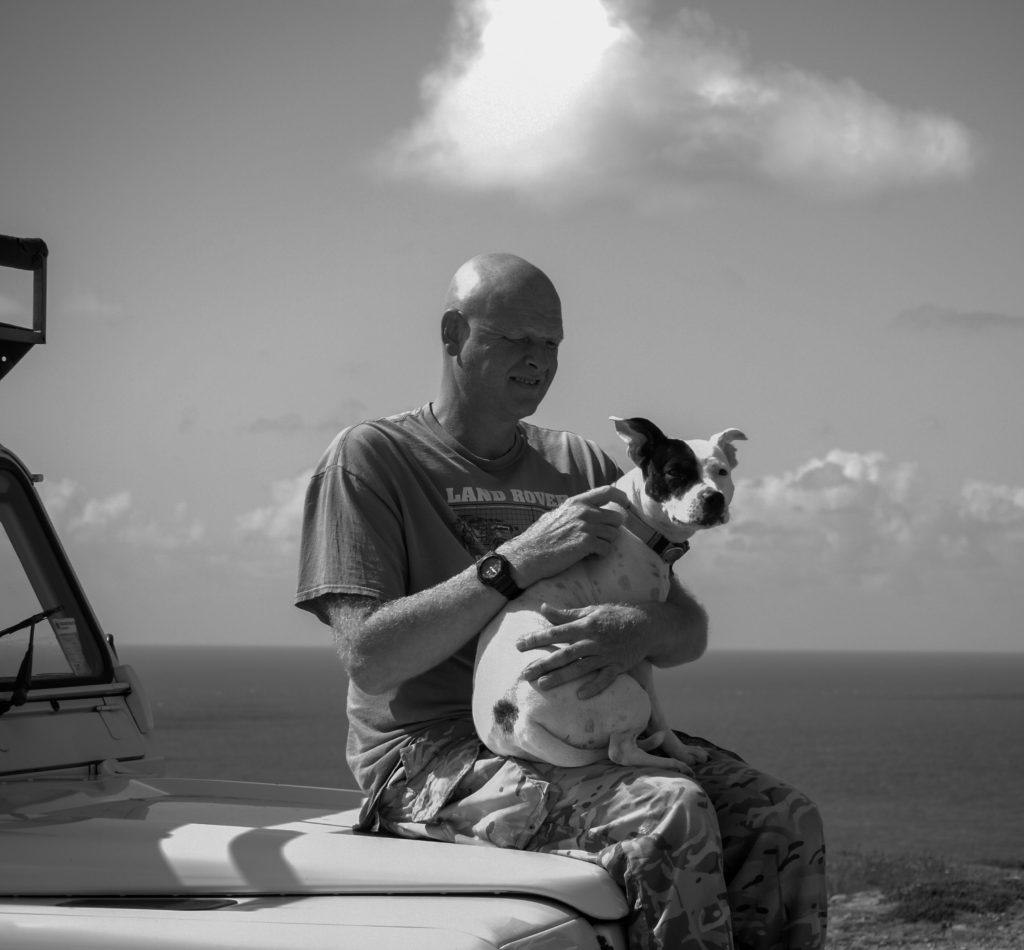The word iconic itself means “widely known and well-established”. Therefore, for an image to be iconic it must be familiar and successful, but how does an image become this? Not every image taken has the capabilities to be “iconic”, because they are boring, lack aesthetics and conceptual ideas. An iconic image should immediately trigger certain powerful emotions, meaning that a photo posted on Instagram by Joe Bloggs of his lunch will never reach the level of exposure to become ‘the image’, ‘the image’ that everyone knows, understands and can connect to. Social media, itself, has created a problem with considering iconic images, due to the fast pace and replaceable capabilities of all the platforms, such as Instagram and Twitter. An example of an iconic image would be Alberto Kordas’ photograph of Che Guevera, a revolutionary leader, whose portrait has been used and placed on everything imaginable. Another example of an iconic image would be Nick Uts’ image of Vietnamese children fleeing their village after a bomb was dropped there. Both images capture something of interest and meaning and make them the iconic image that they are.
For an image to be iconic it must be recognisable, as viewers need to be able to distinguish it from other images. This means that the image needs to be well thought out before being taken, therefore the photographer must understand and be able achieve the technical aspects of photo making, such as, composition, colour, texture etc. A recognisable image must be able to be identified by lots of people, despite their ethnicity or the language they speak. An iconic image must hold meaning, context and conceptual ideas. This is because an image that has all these things can be understood and interpreted by anyone. Once an image is understood the viewer will remember it and latch an emotion to it. No matter what nationality, age, gender an iconic image should say something to everyone. An emotive image of a war zone will hold meaning and make the viewer feel something, whereas a picture of a bowl of pasta holds no conceptual ideas or meaning, therefore no emotions can be attached to it either. An eye-catching image will attract viewers and will make them connect to the image too. Whereas a boring image will not attract any viewers and will not become well known.
The image of the black man carrying the white man to safety in the recent riots is considered to be the new ‘iconic’ image. The context of the image is that the white man was against the Black Lives Matter movement, however the black man still become the saviour and helped him no matter is political agenda. This picture contrasts with the statement ‘white saviour’ as the black man is saving the day instead of automatic thinking it should be the white person saving the day. This particularly shows how people are the same, no matter the colour of their skin, and everyone is worthy of help and can give help too.
Some may say that there is no such thing as an iconic image. Why is this? Social media a platform for images to be uploaded, seen, and shared by millions of people. Images trend, and then are quickly replaced. When refreshing any timeline on any social media platform, images are displaced and probably never seen again. This means that images never get enough time or exposure to even become well known, let alone iconic. Yet again to gain publicity, the person who shares the image must have a large following otherwise the images will never be seen by many people.

